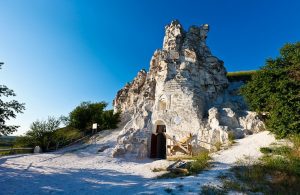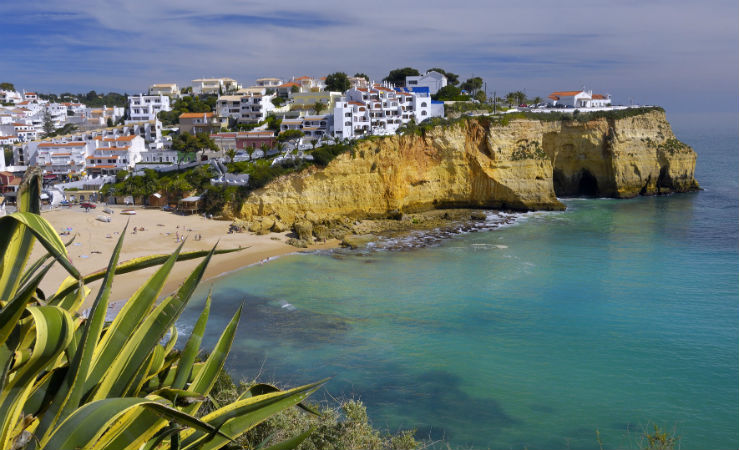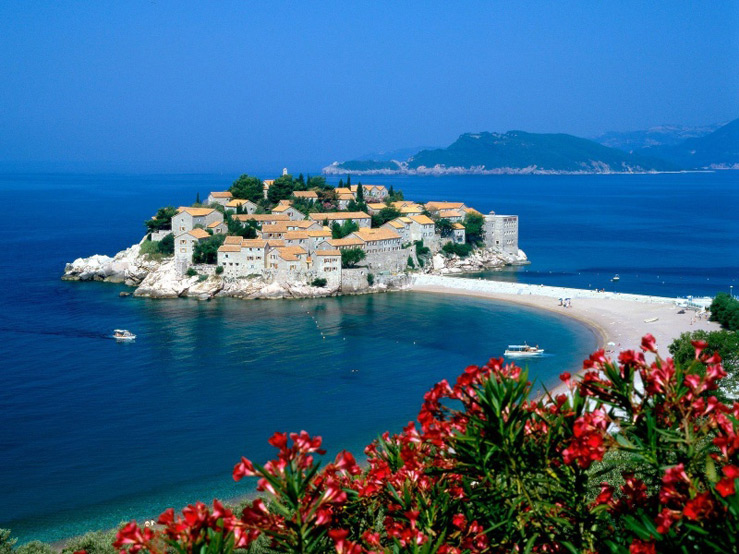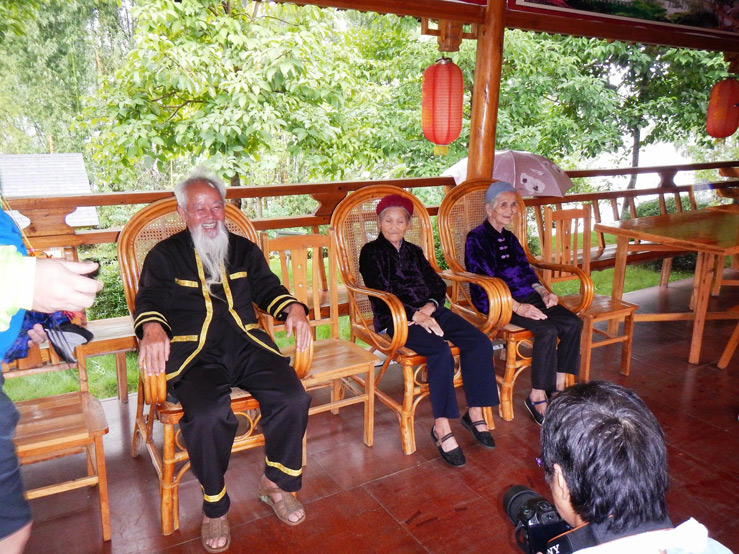Temples in the chalk caves of Pridonya
 The Cretaceous Mountains are amazing natural monuments that a traveler will surely encounter, following the land route from Central Russia towards the Kuban, the Caucasus, the Caspian coast.
The Cretaceous Mountains are amazing natural monuments that a traveler will surely encounter, following the land route from Central Russia towards the Kuban, the Caucasus, the Caspian coast.
Temples in the chalk caves of Pridonya
On the territory of the Voronezh, Volgograd, Belgorod, Rostov regions of Russia, Donetsk and Lugansk regions of Ukraine, the Cretaceous Mountains belt is located in the Don basin and its largest tributary – the Seversky Donets. Departing into the earth’s thickness to a depth of 50 meters, the upper layers of the Cretaceous deposits are mixed with the earth, so grass, shrubs and trees grow on the Cretaceous mountains.
Soft chalk is great for creating caves, so ancient hermit monks settled in the chalk mountains. Later, Orthodox churches began to be built in the thickness of the chalk mountains. We will talk about the most interesting of them in this article.
Church of the Sicilian Icon of the Mother of God
The area where a river with the strange name Quiet Pine flows into the Don is called Divnogorye. “Divas” – so the locals call the chalk pillars, remnants, whimsically scattered on the territory of about ten square kilometers. At the end of the fifteenth century, the Greek monks Xenophon and Joasaph brought here the icon of the Mother of God from the Italian island of Sicily. They, according to legend, founded a mansion at the mouth of the Silent Pine, cutting down caves in the chalk mountains.
The Church of the Sicilian Icon of the Mother of God, completely carved in the thickness of the chalk cliff, was built and consecrated in 1862, and the icon became especially revered in 1831, when, according to Orthodox tradition, the prayers of this icon helped to stop the cholera epidemic raging on the Don. This is the most famous of the existing cave Orthodox churches, a visit to the temple of the Sicilian Icon of the Mother of God is included in many tourist and pilgrimage routes.
Spassky Monastery in Kostomarov (Voronezh Region, Russia)
The Spassky Monastery became a women’s monastery in 1997, when the entire empty monastery complex in Kostomarov, Podgorensky District, Voronezh Region, was transferred to the Russian Orthodox Church. And before the revolution, there was a man’s monastery, founded, according to scientists, in the middle of the 17th century by Ukrainian Orthodox monks who fled to the Don from Transnistria from Uniate oppression.
On the territory of the Kostomarovsky Convent there are two chalk churches and the “Cave of Penance.” The church in the name of St. Seraphim of Sarov is completely made of chalky remains, its construction was begun at the beginning of the twentieth century, but not completed due to the outbreak of revolution. The Cathedral of the Savior Not Made by Hands is a temple of the classical cave type, carved in the chalk rock. “Cave of Penance” – a long narrow corridor carved in the chalky thickness, with many icons and candles on the walls. The ceiling of the corridor gradually decreases as it approaches the cell, where the elders formerly professed monks and pilgrims.
The Holy Assumption Svyatogorsk Lavra is located on the right, high bank of the Seversky Donets. Until 1918, the Svyatogorsk Assumption Desert was located here, first mentioned in church documents in 1624. Initially, the Svyatogorsky monastery was built as a defensive structure against the raids of the Crimean Tatars. The monastery was granted the status of laurels in 2004.
In addition to a large number of ground structures (the monastery was one of the largest in the Russian Empire), there are a number of cave structures in the Svyatogorsk Lavra, the oldest being the Cathedral of the Nativity of John the Baptist, allegedly built before the 16th century. Later – the church of St. Anthony and Theodosius of the Caves (dates from the 18th century) and the church of St. Alexius, built in 1861.



